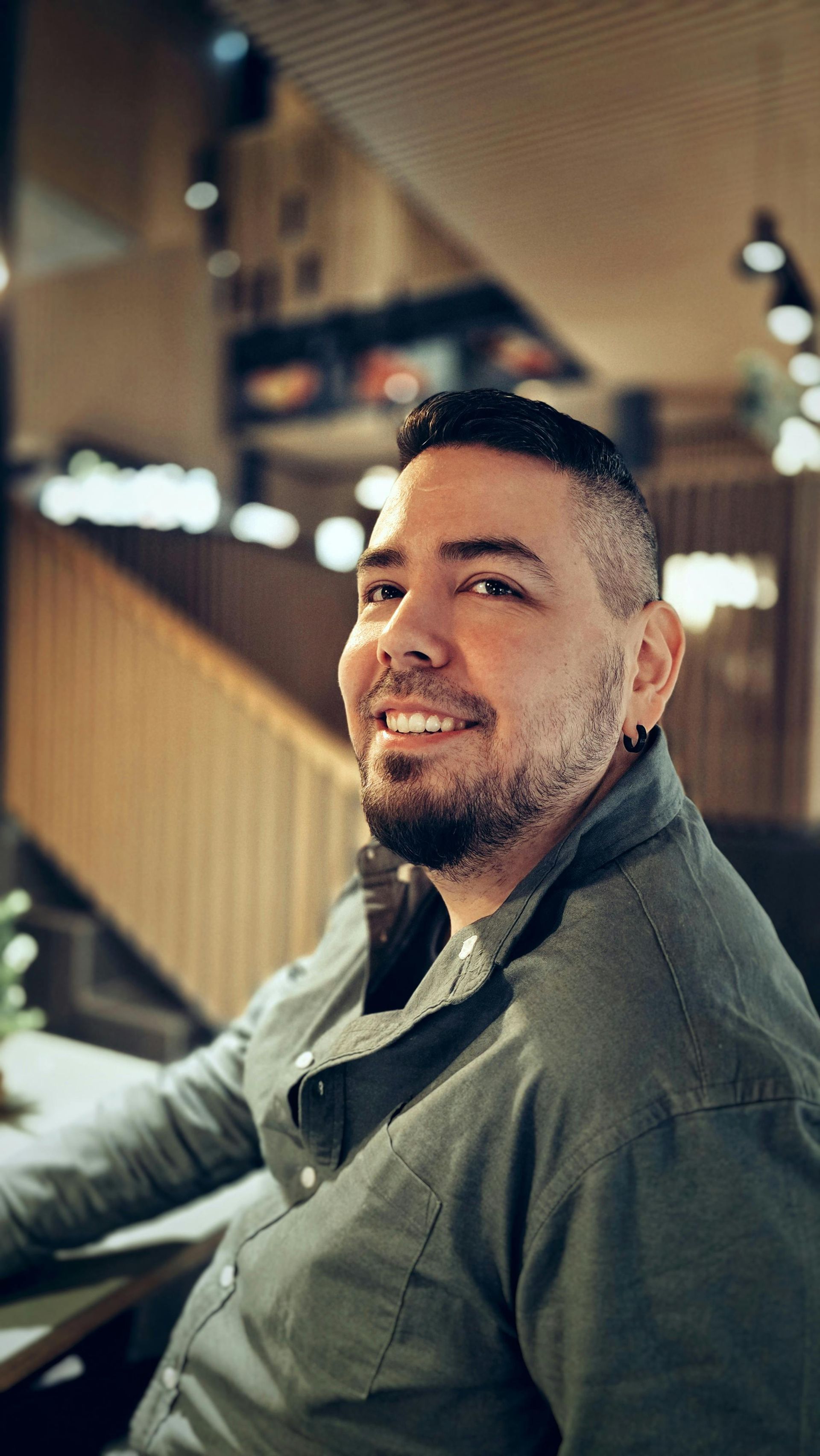Progesterone and Pregnenolone in Men:Clinical Guide and Benefits
Progesterone in Males: Overview
- Produced from: Cholesterol → Pregnenolone → Progesterone
(via 3β-HSD enzyme)
- Primary source: Adrenal glands (small amount from testes)
Benefits of Progesterone in Men
- Neurosteroid precursor (to allopregnanolone):
- supports calm, sleep, neuroprotection
- Modulates GABA-A receptors: anxiolytic and sedative effects
- May support mood stability, reduce anxiety, prevent depression
- Modestly inhibits 5α-reductase: can slightly reduce DHT
- May lower SHBG slightly, enhancing free testosterone in some contexts
- Possible anti-inflammatory and anti-proliferative effects (under research)
Progesterone for Brain Health
- Animal models show benefit post-TBI: reduced edema, apoptosis, oxidative stress
- Early human trials showed promise, but later studies failed to confirm survival benefit in acute TBI
- Still studied for post-stroke recovery and long-term brain injury repair
Progesterone Dosing in Men (Off-label Use)
- Standard dose or High-dose trials, (High-dose for neuropsychiatric symptoms)
- Duration: Short-term or cyclic, depending on indication
- Best used: At bedtime (due to sedation)
Monitoring While on Progesterone
- Total and free testosterone
- LH/FSH (if fertility is a concern)
- Liver function (ALT, AST)
- Evaluate for side effects: drowsiness, libido changes, mood shifts
Risks of High-Dose Progesterone
- May suppress LH/FSH at high doses
- Potential fatigue, decreased libido, or cognitive dulling
- Long-term data in males is limited
Pregnenolone in Men: Overview
- Precursor to progesterone, DHEA, cortisol
- Produced in adrenals and CNS
- Supports memory, cognition, mood, and neuroplasticity
Clinical Uses:
- Depression, anxiety, cognitive decline, substance withdrawal
Monitoring:
- Hormone panel if using long-term
- Watch for conversion to other hormones (e.g., DHEA or progesterone)
Alternatives and Adjuncts
- Adaptogens: ashwagandha, rhodiola
- LDN (low-dose naltrexone) for neuroinflammation
- Omega-3s, curcumin, NAC for brain health
- CBT or neurofeedback for mood and trauma integration
Key Takeaways
- Progesterone in men supports neurosteroid balance, sleep, mood, possibly anti-inflammatory effects.
- Pregnenolone can be a safer precursor with broader cognitive effects.
- Both are off-label in U.S. for men, but supported by emerging studies.
- Start with low doses, monitor labs and symptoms, and titrate based on goals.

